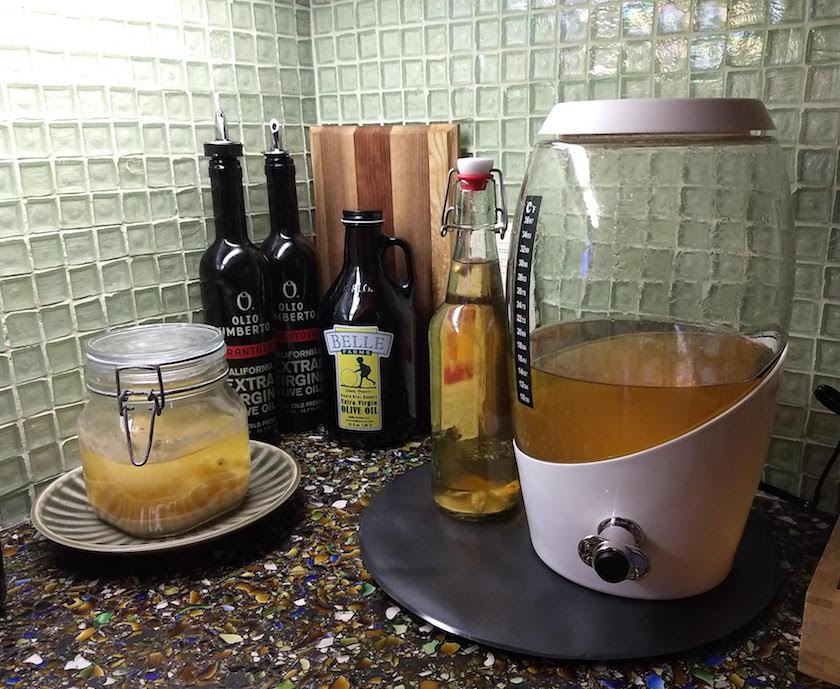Tag: green
-

Yummy Green Kombucha
I realize that these attempts, like my Homely Green Napkins project, are small things. But if enough of us push back on our culture-bred tendency to consume and discard, we can shift our weight enough to change course.
-
The tale of the homely green napkins
They’re not actually green, and they don’t really have to be homely, but this is how I came to be in possession of my homely green napkins. I’ve made a personal goal to identify all the low-hanging fruit in our lifestyle, trying to identify all the easy things we could do to consume less and…
-
Recycling reality
Last week I went on a fieldtrip with our homeschool group that was a real eye opener. I’d always been told that taking your kids on a fieldtrip to the dump is a great experience, and now I know why. To set the stage, I should describe our family’s relationship to garbage: We are, I…